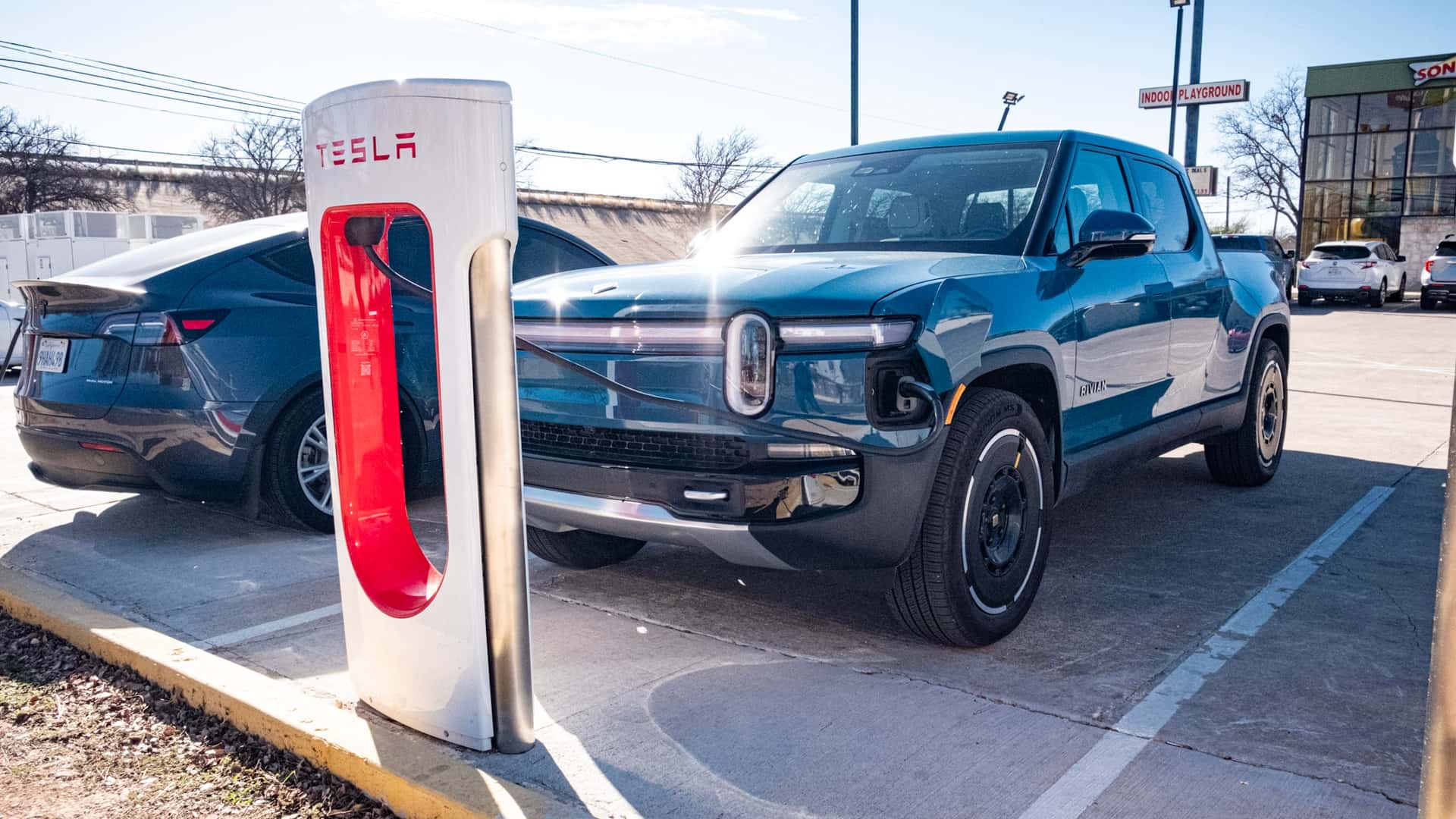EV Charging Now Works as Intended

Improved Reliability of Public EV Chargers
Public electric vehicle (EV) chargers are becoming more reliable, according to the latest findings from J.D. Power’s U.S. Electric Vehicle Experience Public Charging Study. The report highlights a significant drop in failed charging attempts at public stations, reaching its lowest level in four years. This means that it is now less likely for an EV driver to arrive at a charging station only to find it broken or occupied by long lines.
In this year’s study, 14% of EV owners reported visiting a charger but leaving without topping up their vehicles. This marks a five-point decrease compared to the previous year, indicating a positive trend in the reliability and availability of public charging stations.
Despite these improvements, many EV drivers are not satisfied with the cost of public charging. The overall satisfaction with the public EV charging infrastructure in the United States has actually decreased from last year. A major factor behind this decline is the increased access of non-Tesla EV owners to the Tesla Supercharger network.
Pricing Concerns Among Non-Tesla Owners
Non-Tesla EV owners have expressed dissatisfaction with the pricing of Tesla Superchargers. Unlike other charging networks that are still establishing themselves in the market and may offer lower prices to attract users, Tesla has raised its rates. This shift has led to a less satisfying user experience for non-Tesla drivers who rely on the Tesla Supercharger network.
The study found that EV owners’ satisfaction with the cost of charging their vehicles has dropped by 16 points for both DC fast chargers and Level 2 chargers. For DC fast charger users, the cost of charging is the least satisfying aspect among the ten factors evaluated in the study.
Brent Gruber, executive director of the EV practice at J.D. Power, explained that part of the decline in satisfaction is due to non-Tesla owners using Tesla Superchargers. These users often find the experience less rewarding compared to Tesla owners, who benefit from a more seamless and cost-effective charging process.
He also noted that in previous years, many DC fast charging networks kept prices low as they developed their market presence. Additionally, manufacturers often offered free charging incentives with vehicle purchases. However, as the infrastructure market evolves and electricity rates rise, charging prices have increased significantly in some cases, directly affecting the overall EV ownership experience.
Tesla Remains the Leader in Charging Satisfaction
Despite the concerns over pricing, the Tesla Supercharger network continues to lead in overall satisfaction. On a 1,000-point scale, Tesla’s DC fast charging network scores 709 points, making it the top performer. A surprise contender, Red E, follows closely with 668 points, while the segment average stands at 654 points.
ChargePoint ranks third with 619 points, and Electrify America is fifth with 601 points. Other operators, such as EVgo and Blink, scored below 600 points, with EVgo at 579 and Blink at 501.
On the Level 2 charging front, Tesla again takes the lead. While the average satisfaction for the segment is 607 points, Tesla’s Destination chargers score 661 points. ChargePoint follows with 628 points, while Shell Recharge and Blink fall below the average.
Key Factors Measured in the Study
J.D. Power evaluates satisfaction across ten key factors: ease of charging, speed of charging, physical condition of the charging station, availability of chargers, convenience of the location, things to do while charging, how safe the location feels, ease of finding the charger, cost of charging, and ease of payment.
The study, conducted in collaboration with PlugShare, surveyed 7,428 owners of battery electric vehicles and plug-in hybrid electric vehicles between January and June 2025. It provides valuable insights into the evolving landscape of public EV charging and the experiences of drivers across different brands and networks.

Comments
Post a Comment